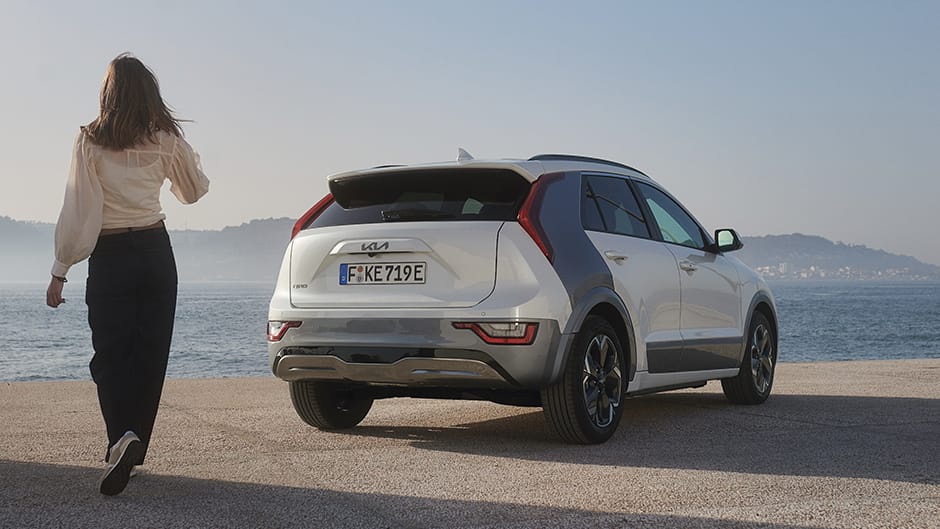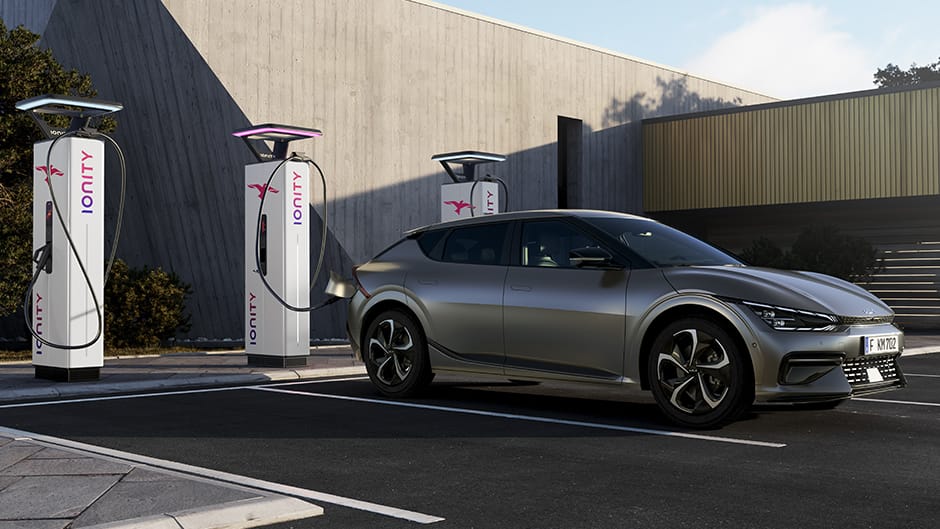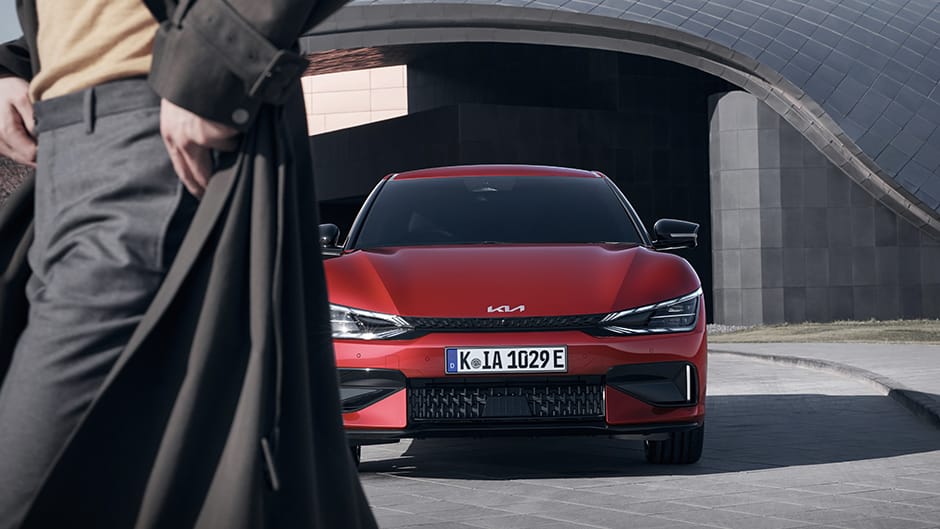Tips for an electric fleet

TIPS FOR AN ELECTRIC FLEET
With lower running costs and notable tax incentives, electric cars are now impossible to ignore if you’re a fleet decision-maker or company car driver. Making the switch to electric may seem daunting, but it’s easier than you might think. Here are some points to consider when making your decision.
Making the switch
It may sound obvious, but the first step is to decide why you would want to make the switch to begin with. It may help with your company’s Corporate Social Responsibility objectives, or you may simply want to reduce your running costs. There are BIK tax and National Insurance savings to consider too.
With every business under increasing pressure to reduce costs, switching to electric could lead to significant savings. And, with the UK government still planning to ban the sale of new petrol and diesel cars by 2030, it certainly wouldn’t hurt to get a head start and investigate what an electric fleet might look like for your business.

Vehicle usage
Review what your vehicles are used for, and how many miles they cover. This will help you decide which vehicles will be most suitable for you. You can then choose which powertrain would be most appropriate, whether that’s making the leap to fully electric, or making a smaller transition to self-charging hybrid or plug-in hybrid.
Even if your drivers are covering around 200 miles per day, an electric car, such as the Kia EV6 or Kia Niro EV, will comfortably cover that distance without needing to stop for a charge. And, the more miles you cover, the greater the potential savings. For those who cover fewer miles per day, or aren’t ready to switch to an EV, it may be worth considering a plug-in hybrid. If vehicle charging is going to be an issue, then perhaps a self-charging hybrid is the way to go for the time being. Every use case is different.

Build a business case
Once you know what you want, you should be able to build a business case to make the switch. One of the most important aspects to consider at this stage is Total Cost of Ownership. While electric cars often have a higher P11D price, this is usually easily offset by savings in running costs, Class 1A National Insurance savings and BIK tax. There are plenty of tools out there that can help you analyse the numbers.
At this stage, it’s also beneficial to think about the benefits for the drivers. Not only are there financial incentives, but electric cars are often quicker, better equipped and more refined than their combustion-engined equivalents. These advantages will help you gain buy-in from drivers. It’ll be much easier to make the switch if everyone is on board. It may also be worth considering some training. This could help to debunk myths, and help to properly explain the benefits of switching to electric.

Think about charging
The UK now has more than 60,000 electric car charging points
across more than 22,000 locations. So there are plenty of places to plug-in when out on the road. And apps such as Kia Charge
can make it even simpler to access new chargers quickly and easily.
The majority of charging is done at home though. This is where charging is cheapest and most convenient. You can also receive help from the government with installing chargers at your place of work. If you’re a small or medium business, the EV Infrastructure Grant
EV Infrastructure Grant can cover up to 75% of the cost of installing the infrastructure needed for chargepoints and the cost of the chargepoint installation – up to a limit of £15,000 per grant. This includes up to £350 per chargepoint socket installed.
If you want to know more about switching to electric or simply want to arrange a test drive, why not contact our dedicated Kia Business team?
ENQUIRE NOW
Images shown are for illustration purposes only and may not be to full UK specification. Features shown are not standard across the Kia model range and availability will vary dependant on model. For further details please refer to the individual model specification sheets.
*Fuel economy and emissions: driving range standards are calculated using the World Harmonised Light Vehicle Test Procedure (WLTP).
**There are certain situations in which the petrol engine will automatically activate even when the vehicle is in EV mode. Examples could include: when the hybrid battery state of charge is reduced to a certain level, when acceleration demand is high and/or when it is required to heat up the cabin.
*** Forward Collision-Avoidance Assist (FCA)
Forward Collision-Avoidance Assist (FCA) is an assistance system and does not relieve the driver from their responsibility to safely operate the vehicle at any time. The driver still has to adapt their driving behaviour to their personal driving capabilities, to the legal requirements and to the overall road and traffic conditions. FCA is not designed to drive the vehicle autonomously. For further information, please refer to the owner’s manual.

